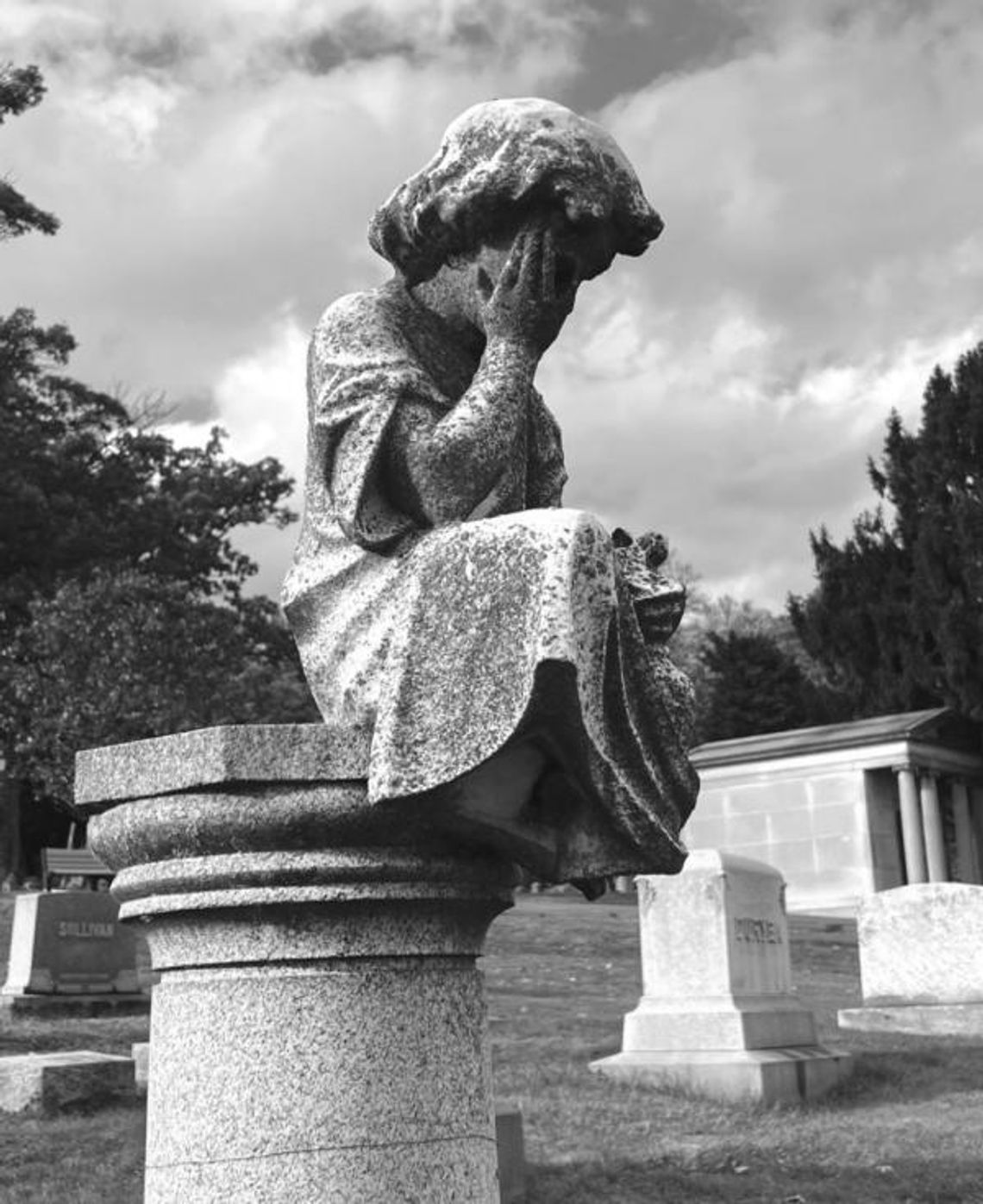Caution: If you are not comfortable reading about death and dying, you may want to skip this column.
We (Americans) live in a death-defying, death-denying society where – like it or not – the fact is this: all life will end. None of us will go on forever, even though many choose to think otherwise…and that’s the problem.
A cultural shift must occur regarding our views on death and dying because, even with topnotch medical technology and countless interventions, all living people will die. Death, just like birth, is a very natural part of the circle of life.
So, what now? If we are a death-denying society, yet we know, intellectually, that all life will end, how do we cope with these parallel realities. Where do they converge? Until we are forced to face the loss of a friend, a loved one – even a beloved pet, our (and society's) position on death, generally speaking, we go out of our way to avoid thinking about it, texting or talking about it. Simply put, American attitude toward death is one of steadfast and careful avoidance.
Here's my challenge: Think back to your history classes. How often did you hear about the deaths or funerals about our nation’s leaders? Do you know where Gov. Sam Houston is buried? What about the heroes of the Alamo? Abraham Lincoln died in a private home across from Ford’s Theater, but where was he buried? What about Woodrow Wilson? Where was his final resting place?
Here’s where our deathdenying attitude doesn’t add up, especially for those of us living in Texas: Back as far as the first settlements, death came as a part of routine life. When someone died, or was killed, family members and friends bathed and dressed the body. A flat-top coffin might be carpentered by a family member or purchased from a nearby mercantile, furniture or hardware store, if available.
A wake would be held, where neighbors brought food and someone sat with a family member through the night. Death was real, in the house, a part of life. The next morning, men in the community would dig the grave. A wagon was volunteered to transport the body to the church (if one was available) or directly to the local burial ground, where biblical scripture was read, followed by prayer. Then the coffin was lowered and male family members (or women, if no males were available) would fill in the grave and wildflowers were left, if in season.
Throughout early American history until modern times, it was not unusual for women, and particularly young women in their teens, 20s and 30s, to die during or after childbirth…and, death was so common, women – upon finding themselves pregnant once again – these women would make out their wills, outlining their plans and dreams for the infant they carried as well as any other living children.
In early times, death was not necessarily less tragic to those who lost loved ones, but death was more prevalent, more public, more visible, and more a natural part of life than it is today. Many generations ago, 'passing away' was an intimate affair where aged people lived and died at home surrounded by family, and the surviving relatives provided care for their bodies in the immediate hours after death.
In modern times, death has gradually and neatly been removed from the home and the overwhelming majority of deaths now take place in healthcare institutions, such as hospitals, hospice establishments and nursing homes. This has been done to make death as sterile and as “nice” as possible.
What we need here in Dripping Springs is a citywide reintroduction to death and dying…and local churches may be the most natural and comfortable environments for these group discussions to take place. Good resources would be clergy, funeral directors and hospice nurses.
It also may be helpful, along with other classes that prepare our high schoolers for life – like money management and marriage and family living – a class on death and dying would be practical. In both of these scenarios, a tour of a local funeral home would be informative.
Because people are living longer, many adults in their 40s or 50s find themselves making funeral arrangements for the first time. Unfortunately, many have never attended a funeral and have no idea of what to do, unless they’ve had a family discussion of everyone’s final wishes prior to the death. More than a few do not realize, rather than planning a somber service with “Amazing Grace” at the end, families can have a Celebration of Life Service, incorporating the favorite popular songs of the deceased.
One highly-regarded funeral home in Houston just completed a winetasting room, have a sommelier on staff to assist families and also serve a private reserve. Since its completion, several families have hosted a wineand-cheese reception or a wine tasting to celebrate the life of the deceased.
I will end this column by sharing a daily ritual of Tibetan monks, who begin their morning prayers by saying, “Today I may die.” This prayer is said, not because they have a morbid mindset, but because this reminder motivates them to live their best lives, doing all they can for others, and if death came that day, they would be welcomed into a higher realm for their next life.
.png)











